European Space Agency
Antarctica's Ice Shelves Melting Faster Than Originally Thought
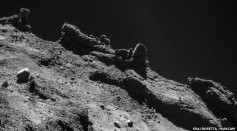
Molecular Nitrogen on Comet 67P Reveals a Frigid Start to Our Solar System
China's Lunar Rover Reveals Moon's Complex Geological History
Researchers Find How Acidified Oceans Have Become with Help of NASA and ESA Satellites
ESA Mars Express Orbiter Reveals Place for Caffè on Mars’ Southern Icecap
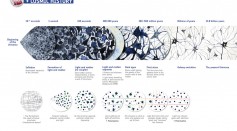
Fire Starter—ESA’s Planck Satellite Reveals Later Star Formations
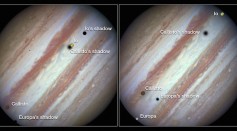
Three Moons Cast Shadow on Striped Gas Giant—Jupiter
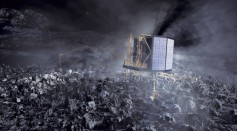
Comet Awakes As It Approaches the Sun

Hubble’s New View of the ‘Pillars of Creation’
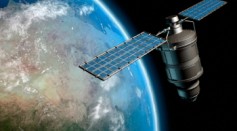
Must See: 5 Months in Space Compressed into 6 Minutes
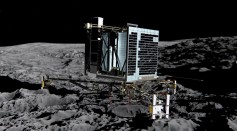
ESA’s Philae Lander May Take the Prize, But Here Are 9 Other Breakthroughs of 2014 Also Worth the Award
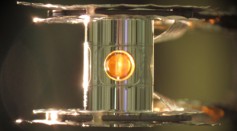
ESA’s Philae Lander May Take the Prize, But Here Are 9 Other Breakthroughs of 2014 Also Worth the Award

Bouncing Philae Takes Award for Breakthrough of the Year
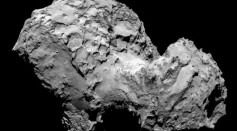
Comet 67P/Churyumov-Gerasimenko May Be In the Limelight, But It’s Still Very Gray
Most Popular

Pharaoh's Curse Unlocked? Scientists Claim To Have Cracked the Mystery of What Killed Over 20 People Who Opened the Tomb of King Tut in 1922

Why Do People Sigh? Here's What These Deep Breaths Do to the Body and What They Could Mean

Earth's Magnetic Field Nearly Collapsed 600 Million Years Ago, Sparking Evolution of More Complex Life

Cosmic Monsters Create Intersections That Lead To Stellar-Mass Black Holes Collisions

!['Cosmic Glitch' in Einstein's Theory of General Relativity Could Be Explained in This New Scientific Tweak [Study]](https://1721181113.rsc.cdn77.org/data/thumbs/full/53435/258/146/50/40/cosmic-glitch-in-einsteins-theory-of-general-relativity-could-be-explained-in-this-new-scientific-tweak-study.jpeg)



